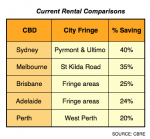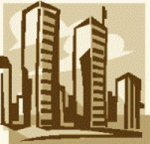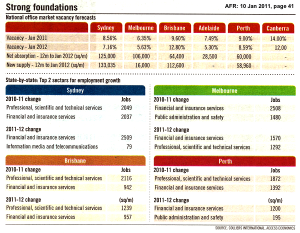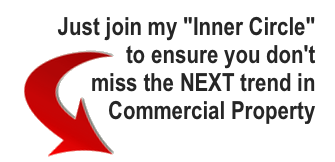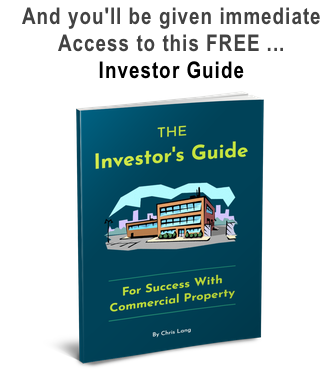
One of the main attractions of investing in Commercial Property is its security.
Unlike residential property … Commercial Property is generally still there performing for you, if the economy does slow down.
However, when the economy is strong, Commercial Property grows in value and provides you with a steady income.
Anyway, for those of you starting out … here’s a list of the benefits you’ll enjoy from successful Commercial property investing. [Read more…]



